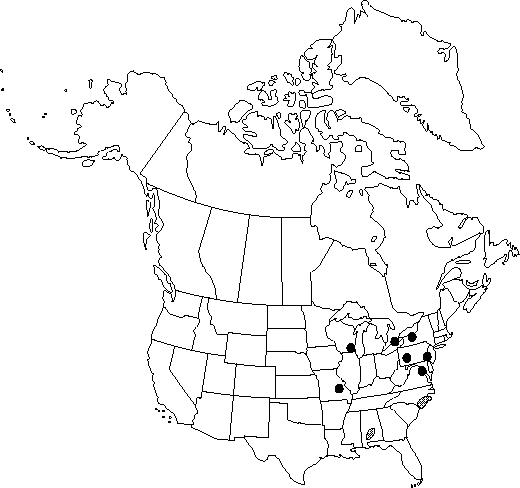Consolida regalis
Nat. Arr. Brit. Pl. 2: 711. 1822.
Stems 2-6 (-11) dm, ± puberulent. Leaves 5-28. Leaf-blade semicircular, 9-27-lobed, 1-5cm wide, ± puberulent, lobes less than 1.5 mm wide. Inflorescences 6-41-flowered, often more than 3 branches; bracts simple (except lowermost sometimes 3-cleft); pedicel ascending, 1.5-5 cm, ± puberulent; bracteoles 4-15 mm from flower, lance-linear, 1.5-4 mm, ± puberulent. Flowers: sepals dark blue, rarely pink or white, puberulent, lower sepal 9-15 × 4-6 mm, lateral sepals 9-16 × 5-8 mm, spur 12-22 mm; petals blue to yellow with tinge of red, lateral lobes 4-5 mm, terminal lobes 3.5-5 × 2-3 mm, sinus 0.5-1.5 mm. Follicles 8-17 mm, glabrous to pubescent.
Phenology: Flowering summer.
Habitat: Wheat fields, roadsides, waste places, old homesites
Elevation: 0-800 m
Distribution

Introduced; Ont., Ala., D.C., Mo., N.Y., N.C., Pa., Wis., native to Europe, sw Asia
Discussion
Consolida regalis is widely and commonly cultivated. In some areas it was apparently introduced as a contaminant with wheat seed (N. G. Miller 1995) and subsequently became established.
Selected References
None.
Lower Taxa
"dm" is not declared as a valid unit of measurement for this property."dm" is not declared as a valid unit of measurement for this property.
